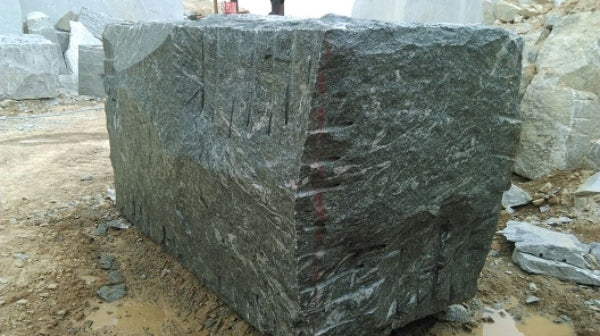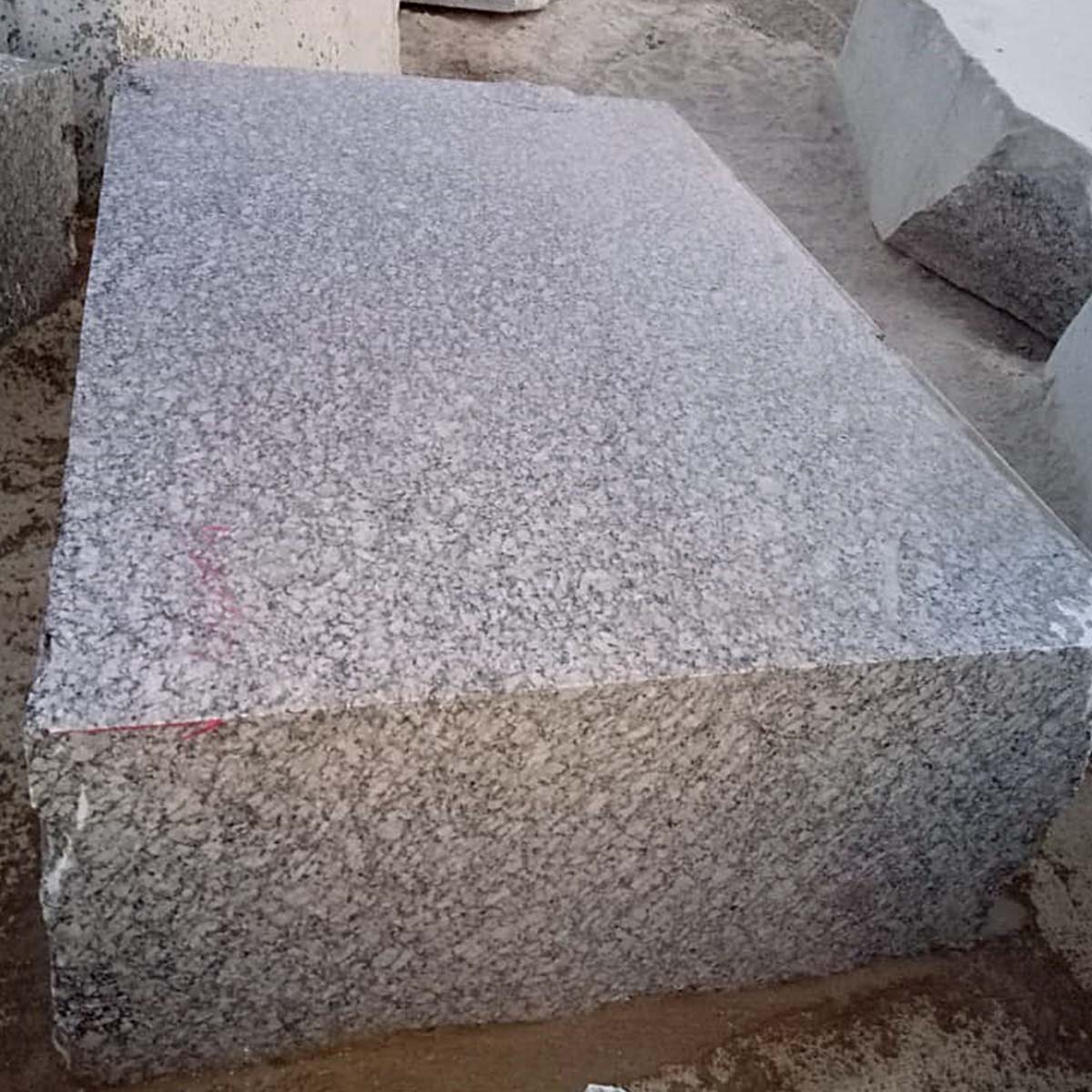The Granite Quarry Chronicles: Discovering the Splendor of Nature's Treasures
The Granite Quarry Chronicles: Revealing the Richness of Nature's Treasures is an enlightening expedition right into the interesting world of granite quarries. Composed with a professional tone, The Granite Quarry Chronicles supplies an exciting journey for nature fanatics, geologists, and anybody looking for a much deeper understanding of the natural wonders surrounding us.
The Formation of Granite: A Geological Marvel
The development of granite, a geological wonder, is a complex process that can be understood by examining the numerous stages it undertakes through the activity of subterranean forces. Granite is an igneous rock created deep within the Earth's crust under problems of extreme warmth and pressure. It starts with the melting of pre-existing rocks, such as basalt or gabbro, in the lower crust or top mantle. This molten product, called lava, increases in the direction of the Earth's surface area through splits and cracks in the crust.
As the magma gradually cools and solidifies, it goes through a procedure called crystallization. This procedure entails the development of mineral crystals within the lava, leading to the development of a coarse-grained rock with an unique granular texture. The primary minerals existing in granite include mica, quartz, and feldspar, which offer it its characteristic multicolor appearance.
Gradually, the cooled down granite rock is subjected with erosion and uplift of the Earth's surface area. It is then quarried and utilized extensively in building, as a decorative rock, and for different other purposes because of its longevity, aesthetic charm, and resistance to weathering.
Understanding the development of granite is essential not just for geological exploration and research study yet additionally for valuing the appeal and value of this natural marvel.
The Surprise Marvels: Minerals and Crystals Established In Granite
Continuing the expedition of granite's formation, we explore the concealed wonders of the crystals and minerals found within this impressive rock. Granite, a grainy igneous rock made up mainly of quartz, mica, and feldspar, is recognized for its stamina and toughness. Nevertheless, it is the presence of various minerals and crystals that contributes to its appeal and visual allure.
One of the most typical minerals discovered in granite is quartz. Quartz crystals are recognized for their clarity and vivid colors, varying from milklike white to smoky gray and also purple. These crystals not only add beauty to granite but also enhance its stamina and resistance to scrapes and discoloration.
Another mineral typically found in granite is feldspar - granite quarries in rustenburg. Feldspar crystals can be found in a variety of shades, including white, pink, and gray. They contribute to the distinct patterns and textures seen in granite slabs, making each piece of granite truly distinctive

Along with these minerals, granite might additionally include various other minerals such as biotite, amphibole, and pyroxene, which further boost its elegance and uniqueness.
Discovering the Past: Fossils and Ancient Remains in Granite Quarries
Discovering the midsts of granite quarries exposes a fascinating range of fossils and ancient remains. These residues from the previous offer beneficial understandings into the history of life in the world and provide a look into the ancient communities that once thrived in the locations where granite quarries now stand.
Fossils located in granite quarries can include the remains of plants, pets, and even microorganisms - granite quarries in rustenburg. These managed remnants can range from small fragments to finish skeletal systems, supplying scientists with crucial hints concerning extinct types and the development of life. By researching these fossils, researchers can reconstruct the past and better recognize the biodiversity that existed numerous years ago
One of one of the most impressive facets of finding fossils in granite quarries is the conservation of delicate frameworks. Granite is a difficult and long lasting rock, making it a perfect medium for maintaining fossils over extended periods of time. This one-of-a-kind preservation enables researchers to study detailed details, such as the microscopic structures of plants or the great features of old microorganisms.
In addition, the exploration of ancient remains in granite quarries can lose light on the geological background of a location (granite quarries in click rustenburg). By analyzing the fossils and their surrounding rock layers, geologists can figure out the age of the granite and gain understandings into the ecological problems that prevailed throughout its development
Impressive Landscapes: Nature's Masterpieces Carved in Stone
As we delve much deeper into the Granite Quarry Chronicles, we run into the stunning charm of nature's work of arts sculpted in rock. The spectacular landscapes located within granite quarries are really a view to witness. These all-natural formations, formed over countless years, display the complex artistry of Mother earth.
Granite quarries are known for their magnificent rock formations, produced via the geological procedures of disintegration and weathering. The result is a landscape filled with towering high cliffs, deep gaps, and marvelous optimals. Each formation tells a distinct story, revealing the pressures of nature that have formed our earth.
One of the most exceptional attributes of these landscapes is the vibrant shades found within the granite. The interplay of light and darkness on the rock surfaces creates an enchanting visual impact. From shades of black and gray to intricate patterns of red, environment-friendly, and blue, the granite quarries display a kaleidoscope of shades that mesmerize the eye.
Along with their aesthetic charm, these landscapes likewise provide a habitat for a diverse array of plant and animal types. The rugged terrain and one-of-a-kind rock formations use shelter and sources for a range of plants and fauna, adding to the eco-friendly richness of the location.
Visiting a granite quarry allows us to witness firsthand the elegance of nature's productions. It is a humbling experience that advises us of the tremendous power and elegance that exists in the world around us.
Environmental Effect: Preservation and Sustainability Efforts in Granite Quarrying
The conservation of all-natural sources and the promo of sustainable methods are extremely important in the granite quarrying industry. Quarrying for granite entails the removal of big amounts of stone from the planet, which can have a significant influence on the surrounding environment. There are efforts being made to minimize this effect and make sure the lasting preservation of these important resources.

In addition to lasting extraction techniques, conservation initiatives likewise concentrate on post-quarrying rehabilitation and remediation. This entails recovering quarried areas to their natural state and promoting the development of native greenery. By replanting trees and bushes and producing habitats for wild animals, quarry sites can be transformed right into valuable preservation locations.
Additionally, the granite quarrying sector is actively participating in r & d to discover even more lasting alternatives to conventional quarrying approaches. This consists of checking out brand-new technologies and materials that can reduce the environmental influence of quarrying procedures.

Verdict
Finally, the granite quarry chronicles have actually exposed the amazing geological wonder of granite development, the hidden marvels of minerals and crystals located within, the unearthing of fossils and ancient remains, and the awesome landscapes carved in stone. It is evident that conservation and sustainability efforts in granite quarrying are critical for preserving nature's treasures. The splendor and beauty of nature located within granite quarries are a testament to the wonders that can be revealed when about his discovering the depths of the planet.
The Granite Quarry Chronicles: Discovering the Richness of Nature's Treasures is an enlightening exploration right into the interesting globe of granite quarries. They contribute over here to the special patterns and textures seen in granite pieces, making each item of granite really one-of-a-kind.
As we delve deeper into the Granite Quarry Chronicles, we come across the mind-blowing beauty of nature's work of arts sculpted in stone.In conclusion, the granite quarry chronicles have actually revealed the remarkable geological wonder of granite formation, the hidden wonders of crystals and minerals found within, the unearthing of fossils and ancient remains, and the impressive landscapes sculpted in rock. The splendor and elegance of nature found within granite quarries are a testimony to the marvels that can be revealed when checking out the midsts of the earth.